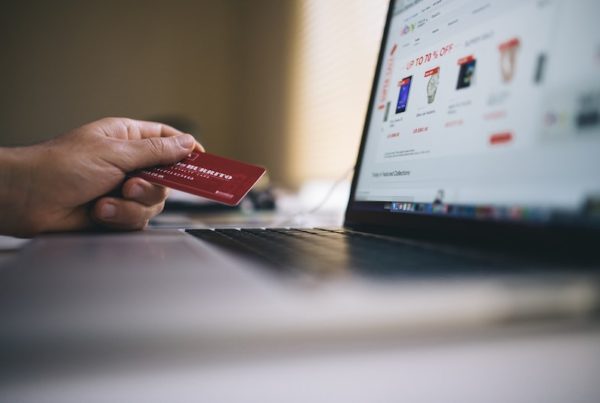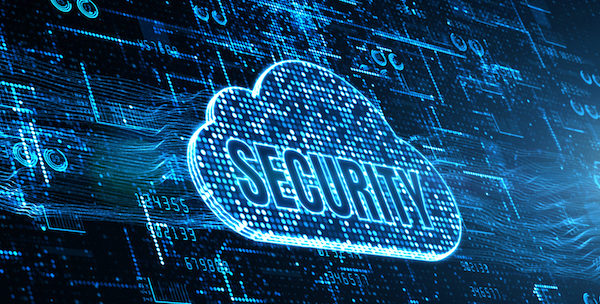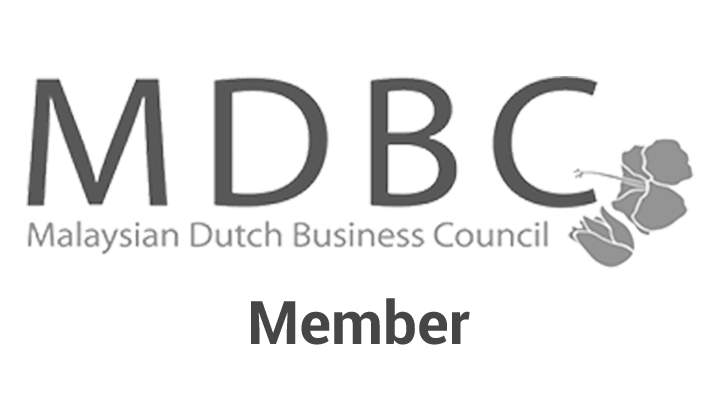Whether you know it or not, even before you become aware of it, hackers may have already tinkered with your data and resources.
Cybercrimes are in headlines these days because of the tremendous amount of loss and destruction they cause. They are growing in number rapidly, and the ugly truth is we are all victims of it. You are a victim of it.
As virtual misdemeanors continue to evolve, cyber victims must learn to respond effectively by adapting to rising problems and changing times.
The major takeaways on this are the security of your data and the usability of your users. It may use layers and layers of protection according to the extent of risk your system is facing. As the odds become riskier, adaptive authentication adjusts and increases your data protection accordingly. In other words, it is a flexible and dynamic means of securing your data and systems.
Aside from heightened data security, Adaptive Authentication also offers and guarantees user-friendliness and convenience. Yes, it employs multiple-factor authentication, but only in cases of potential threats. But with valid users, it requires minimal authentication and only demands additional validation in the event of possible attacks.
This method actually goes hand in hand with two-factor authentication, where it merges together different variables to put up a strong protection. When a login attempt is improper or suspicious, additional validation is required using a different variable. As the number of failed or suspicious attempts is increased, the more authentication methods are required until the user is proven to be a legitimate and valid one or otherwise.
So, what are the different authentication variables in today’s cybersecurity? WSO lists and names 5 different types of these variables you can mix and match together for firm security of your data:
1. Environment Variables
A common way of authenticating users is through their location information. You can block users coming from these locations and allow those coming from these areas to limit and to safeguard access and use of your data. Such authentication is possible through the IP address or the GPS information of the user device.
2. Device Variables
Another means of user authentication is through the properties of the device in use. A perfect example of this is in the case of logging into a system through a new device and device recognition is required for granting access into the system. Properties of the device that are used and helpful for authentication are its operating system and geographic location.
3. User Attribute Variables
Authentication may also be done through the attributes of the user himself or herself. These attributes may be the age of the user, user level, user type, or user role. A concrete example of this is store supervisors having a more complex authentication method of logging into their systems than that of store cashiers to carry out administrative duties that are already beyond the role of the latter.
4. User Behavior Variables
Aside from user attributes, authentication maybe also through the behavior of users when it comes to using and accessing data. There are authentication methods keeping track of users’ patterns of login, device use, and even travel schedules. These are used and serve as bases to detect or to discern whether or not a system is under an attack.
5. Risk Variables
Authentication may also make use of a risk calculating algorithm. It evaluates a certain circumstance such as a login attempt and assigns to it a risk score. The authentication method, then, is based on the said score, and the need for further validation is dependent on the score value.
You may have one or two of these variables in your authentication methods – or not – but how sure are you that your data are safe? How sure are you that your systems are secure? Are you using the right tools? Are you even using enough tools? Get Twizo Authenticate and start adaptive authentication in your businesses now. Grant your users a great user experience and, at the same time, secure and protect your data and your systems, only with Twizo’s 2FA.




















